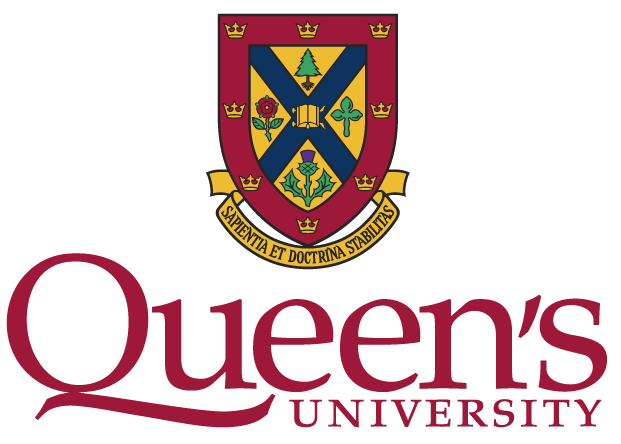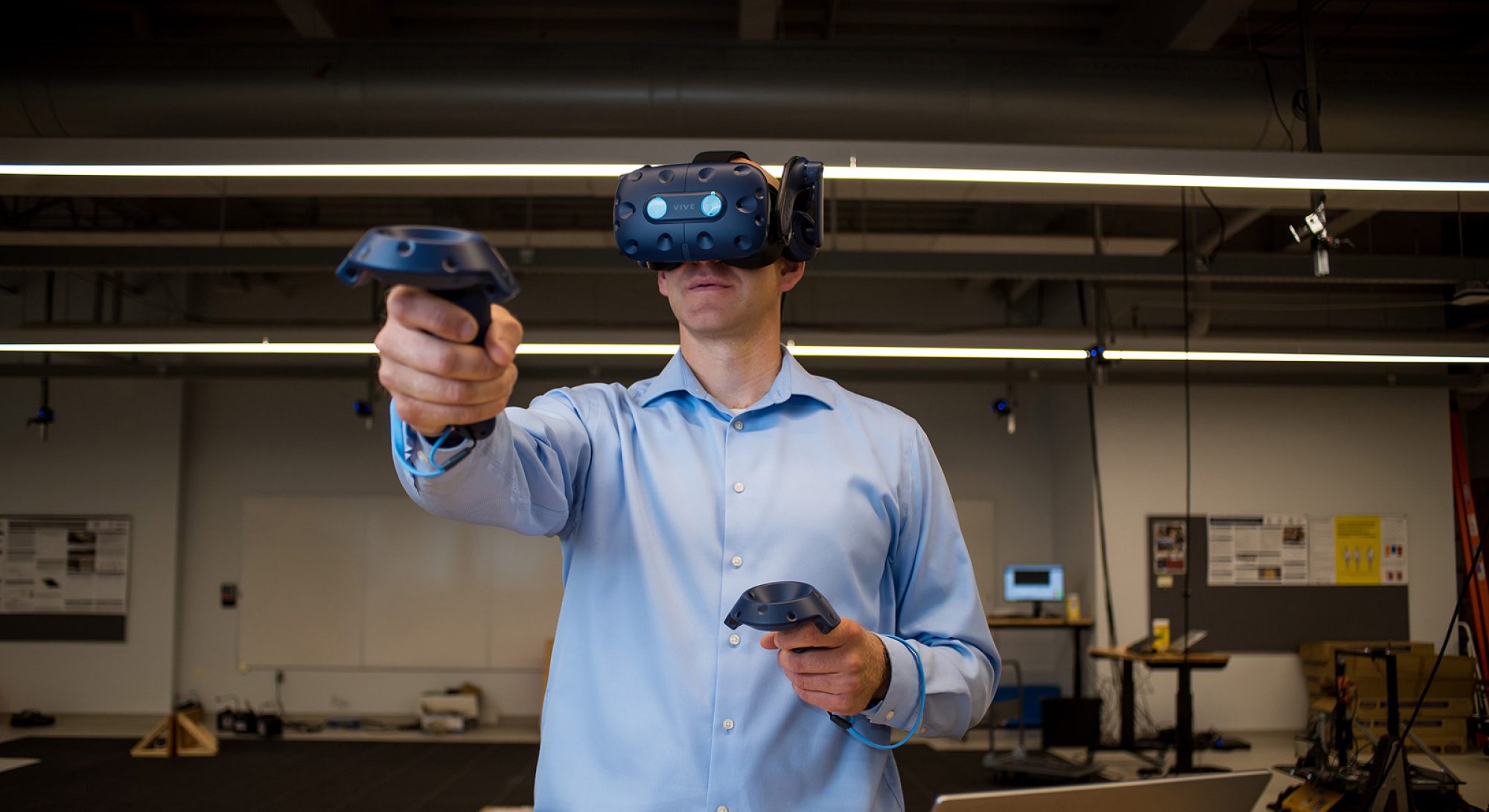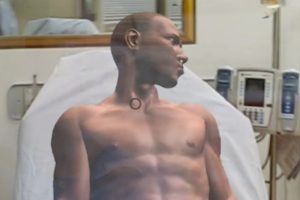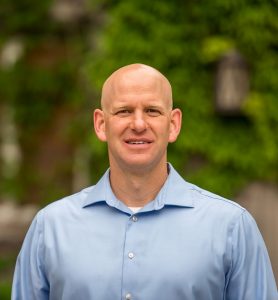This article appeared in its original form on Queen’s Faculty of Engineering and Applied Science website.
As a Major in the Canadian Armed Forces, Dr. Paul Hungler oversaw the delivery of Augmented (AR) and Virtual Reality (VR) training for military personnel. Now as an Assistant Professor in Chemical Engineering and Ingenuity Labs, he’s hoping that VR/AR can similarly revolutionize the way we educate future generations of engineers.
“Getting access to things like nuclear plants or large chemical processing facilities in large group environments is almost impossible,” he said. “So being able to recreate those scenarios in virtual reality makes sense.”
Dr. Hungler’s research is funded by an Innovation for Defence Excellence and Security (IDEaS) grant from the Canadian Department of National Defence. At the moment he’s working with an interdisciplinary team based in Ingenuity Labs and the Queen’s School of Medicine who are designing simulations for medical trainees that change automatically to suit the participant’s cognitive load and level of expertise.
“EEG, ECG, eye tracking, galvanic skin response, all of these things are getting recorded and the data is being fed into a machine-learning algorithm,” said Hungler, “and then, based on that data, we actually change the simulation in real time.”
During a trauma scenario, for example, a student may receive a straightforward treatment situation with prompts to guide them as they try to determine the proper course of action. An experienced ER physician, on the other hand, may be forced to contend with a more dynamic scenario, like an unexpected cardiac arrest. The effort is a part of a broader shift in the medical school towards ‘competency-based education,’ the idea that learning should be tailored to identify students’ weaknesses, and help them gain proficiency in those areas.
Dr. Hungler says he hopes to see a similar approach adopted in engineering education. “Whether it be teaming or design, or whatever we’re working towards, if you have a training system that allows you to move at your own pace, then theoretically you could get to the outcome quicker,” he said. To that end he’s currently working on creating a full-scale virtual reality chemical processing plant for students to explore. “They can interact with different valves, or try to fix a broken-plant scenario,” he said. “It’s trying to bring that experiential learning into the program.”
The initiative is more than a distant pipe dream. Dr. Hungler says there are already young engineers at Queen’s gaining VR experience through the Ingenuity Labs Research Institute. “We have a pretty well set up VR environment where four or five students can get into headsets and work through scenarios in a team environment,” he said. His research now is all about optimizing that VR experience, to make it look and feel as realistic as possible. “My goal is for ten or 20 years from now to have simulations within engineering that very much replicate the real world, and provide the students with a kind of sandbox, where they can do design engineering at a high level within a VR or AR simulated environment,” said Hungler.
His work in the field of VR comes on the heels of an incredible diversity of academic and professional experience. Hungler began his studies at the Royal Military College (RMC) in electrical engineering, before moving on to chemical and materials. He then followed his enthusiasm for the area into nuclear engineering. During his subsequent 20 years in the armed forces, he occupied a variety of positions, including head of the RMC’s Chemistry and Chemical Engineering Department, and overseer of the Canadian Armed Forces’ Defence Learning Network. While they may seem incongruent, Dr. Hungler says that there’s one attribute that serves as a unifying factor across all his research interests. “All those different degrees I have in all those different engineering disciplines, they’ve all been focused on design,” he said.
His current research in adaptive VR/AR represents an opportunity for Dr. Hungler to combine his multidisciplinary design experience with his passion for education. “I love teaching students. Both my parents are high school teachers. I feel like it’s sort of the family business,” he said. “Trying to innovate within the teaching realm, that’s my focus for my research.”
As part of that effort, Dr. Hungler is running a two-day “hackathon” this fall where students will work on developing the next generation of medical manikins. He hopes to attract students from across the academic spectrum, from engineering to the visual arts. For him, this kind of event demonstrates the value of interdisciplinary design, by “bringing in students from all over campus, different faculties, and having them work together on a centralized problem and coming up with really innovative ideas.”
For Hungler, events like hackathons help students develop leadership skills, something that he would like to see emphasized more in engineering education. “I think as engineers we need to take on a larger leadership role, to make sure that we’re doing things ethically, and looking at the societal impacts,” he said.
“Knowing that we’re the people coming up with these new innovations, we have to be responsible for that.”



